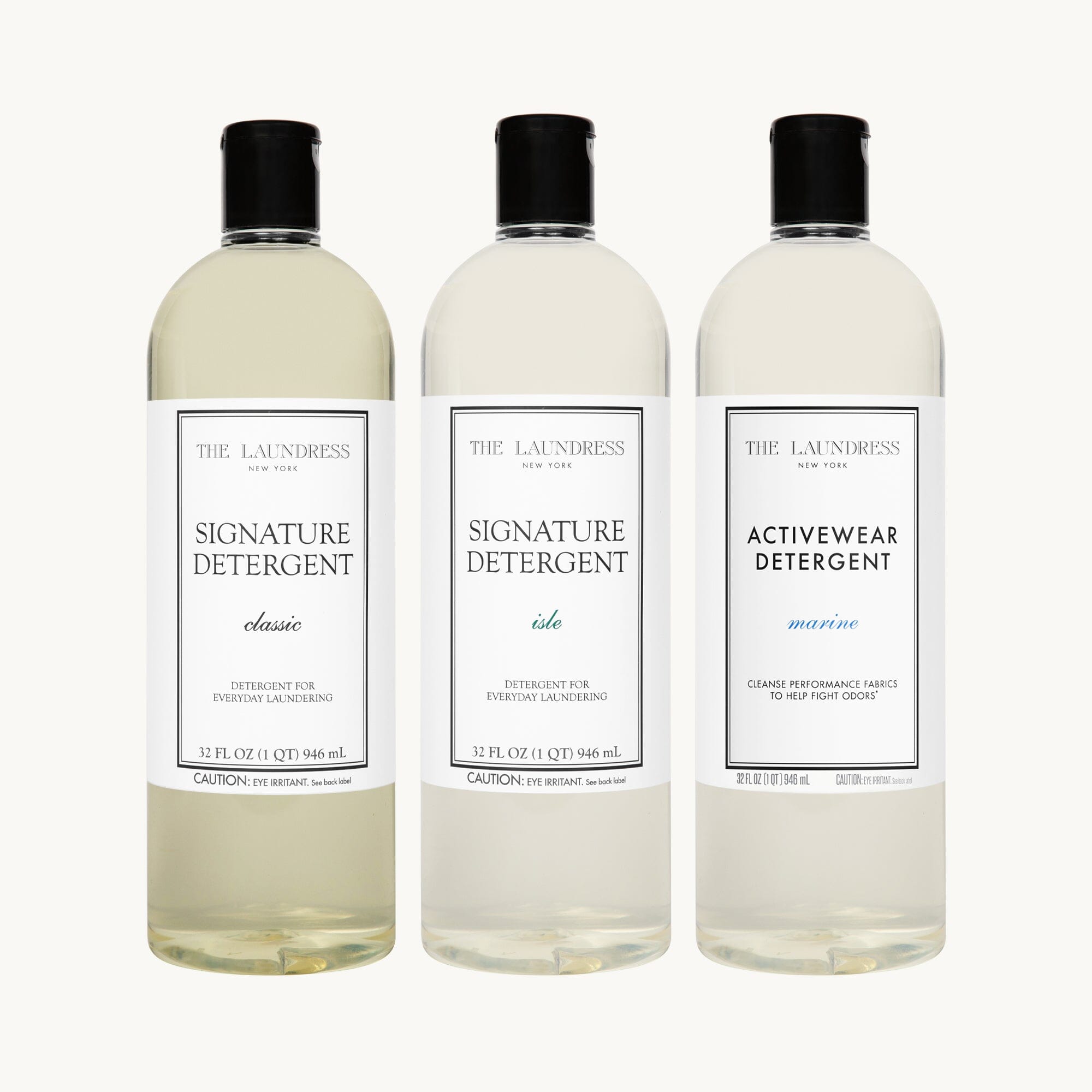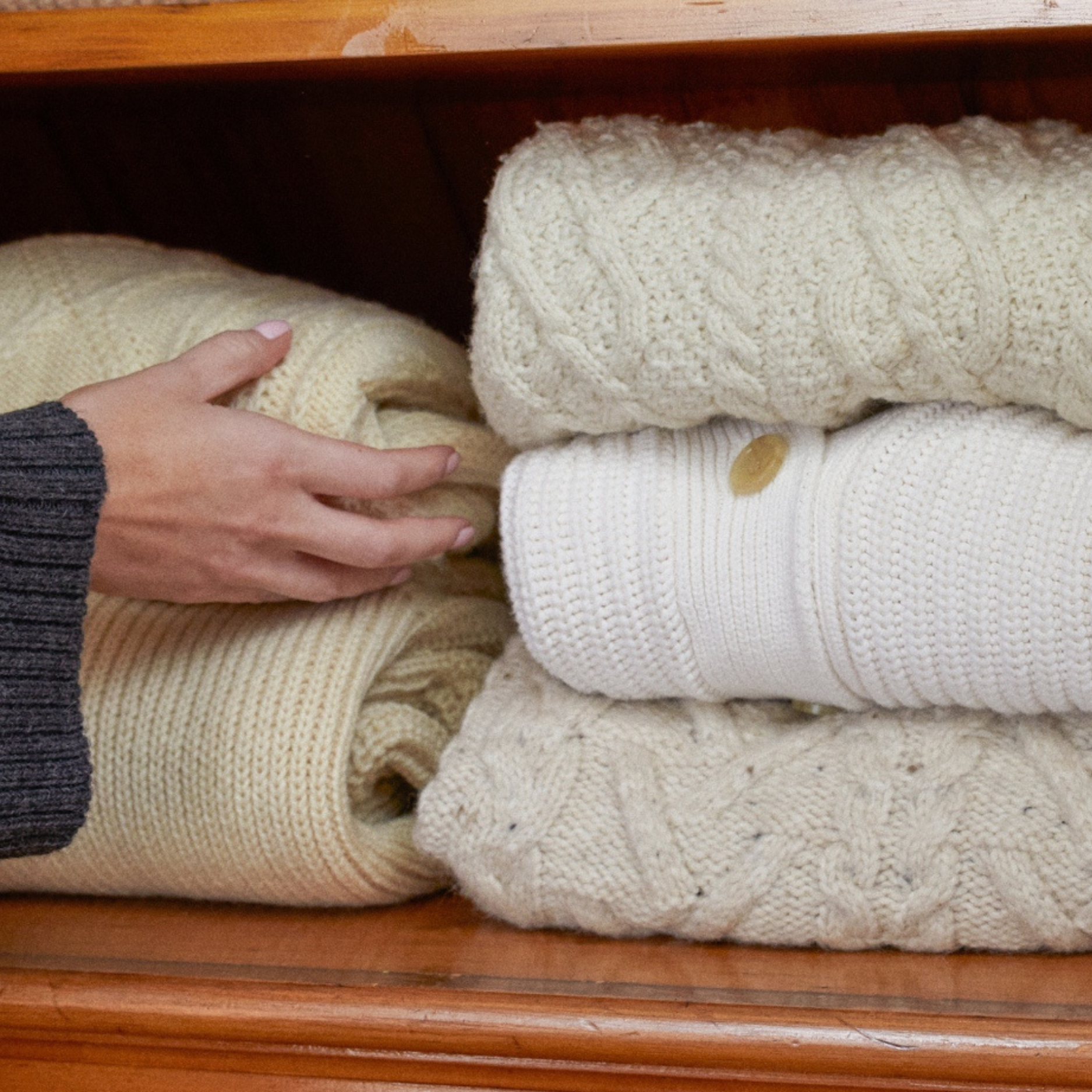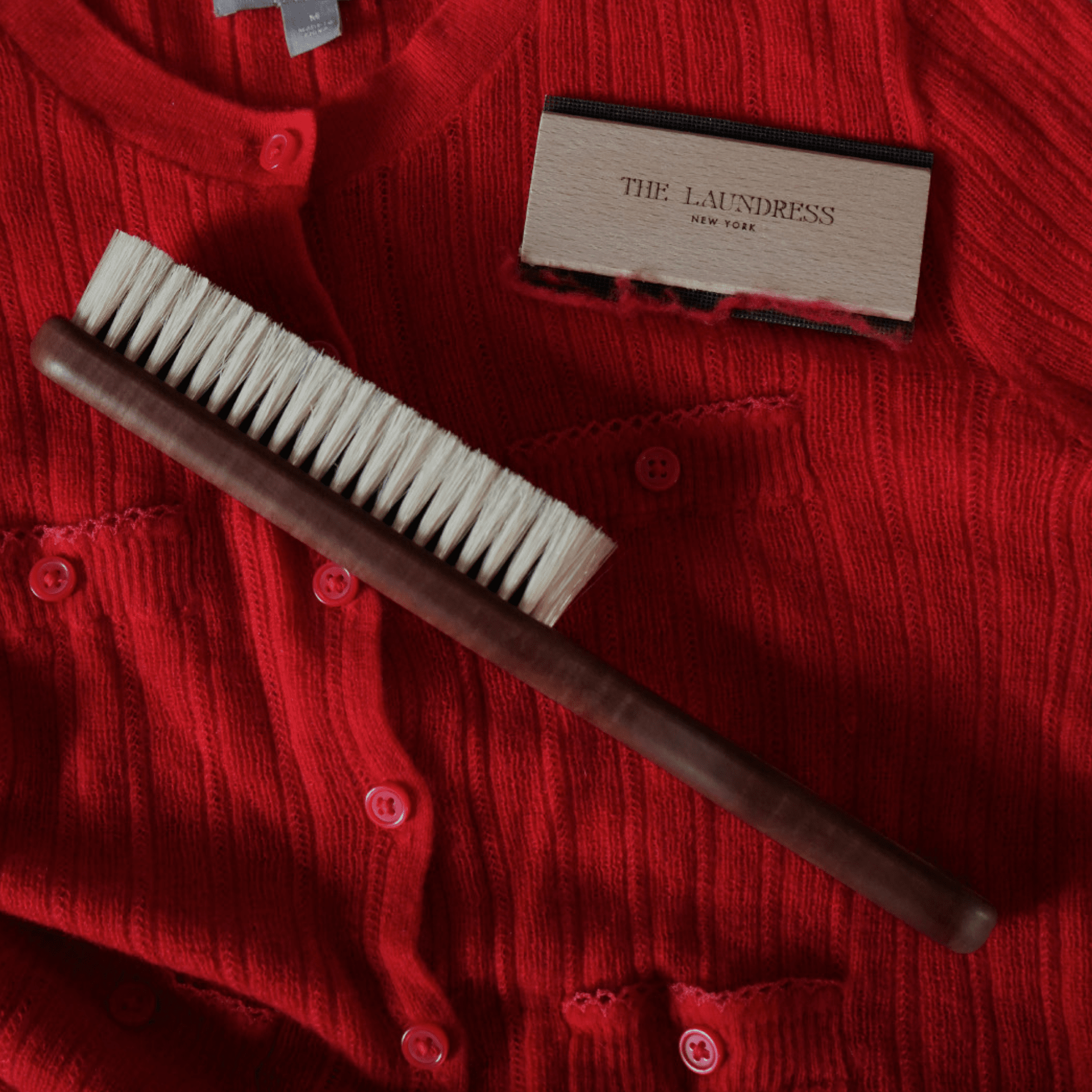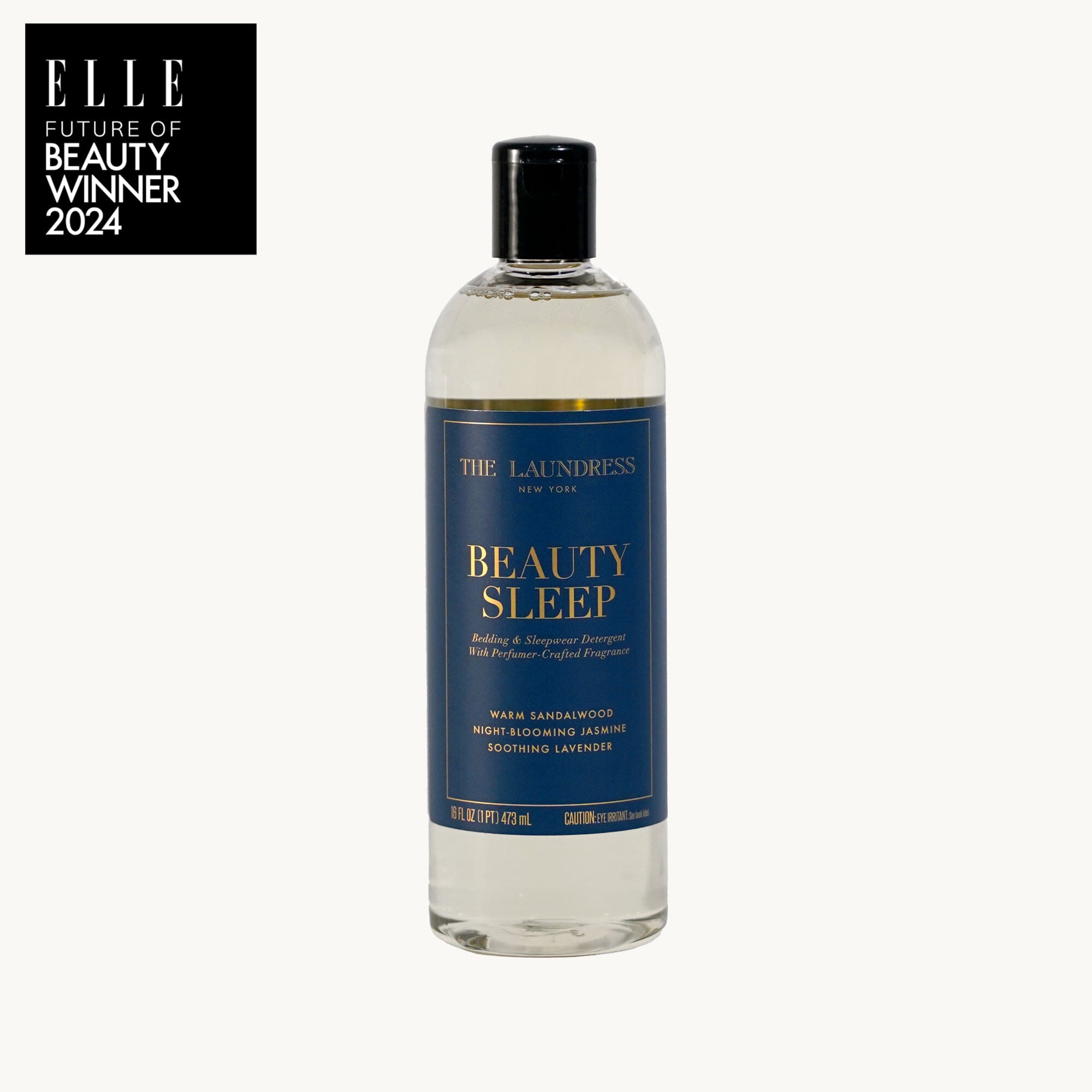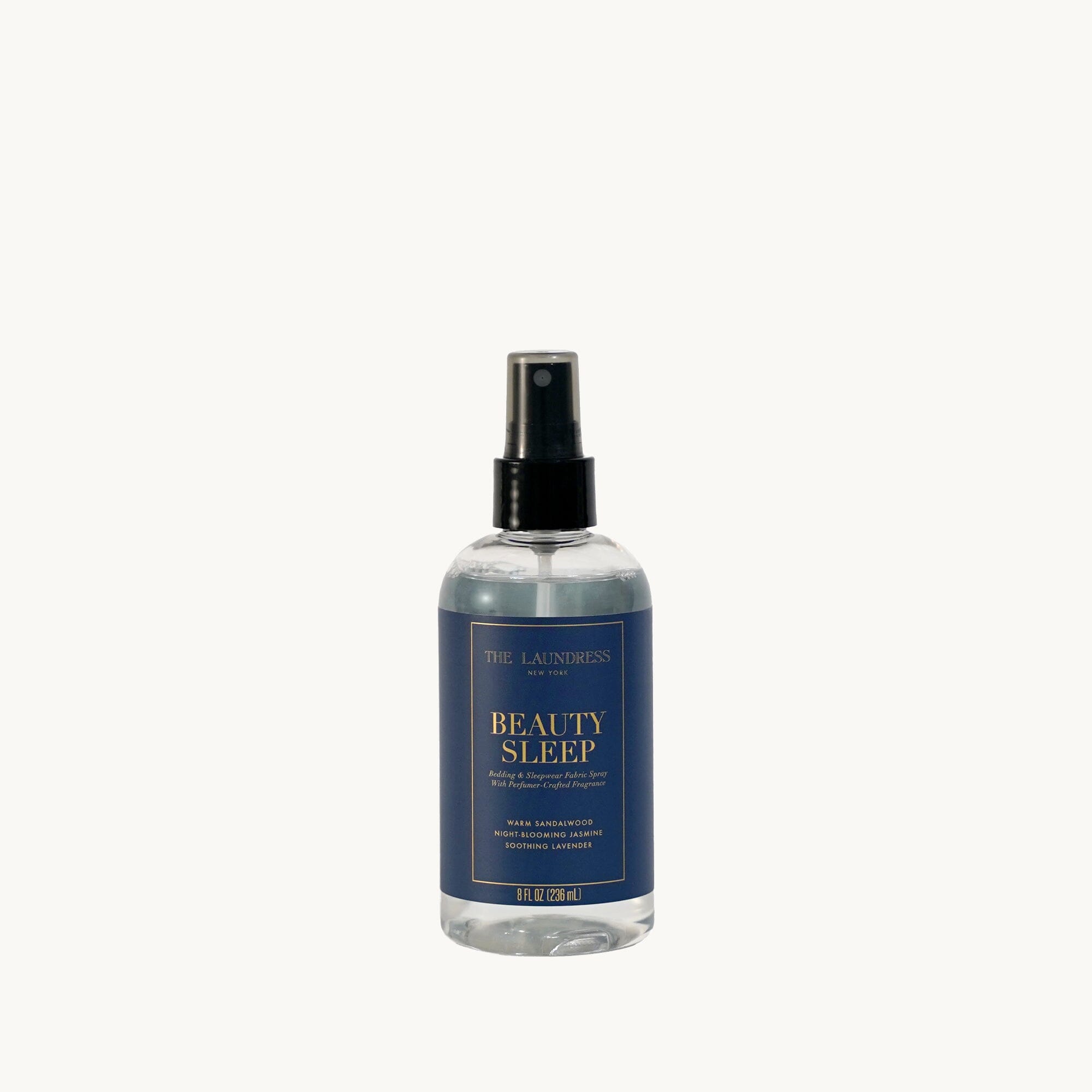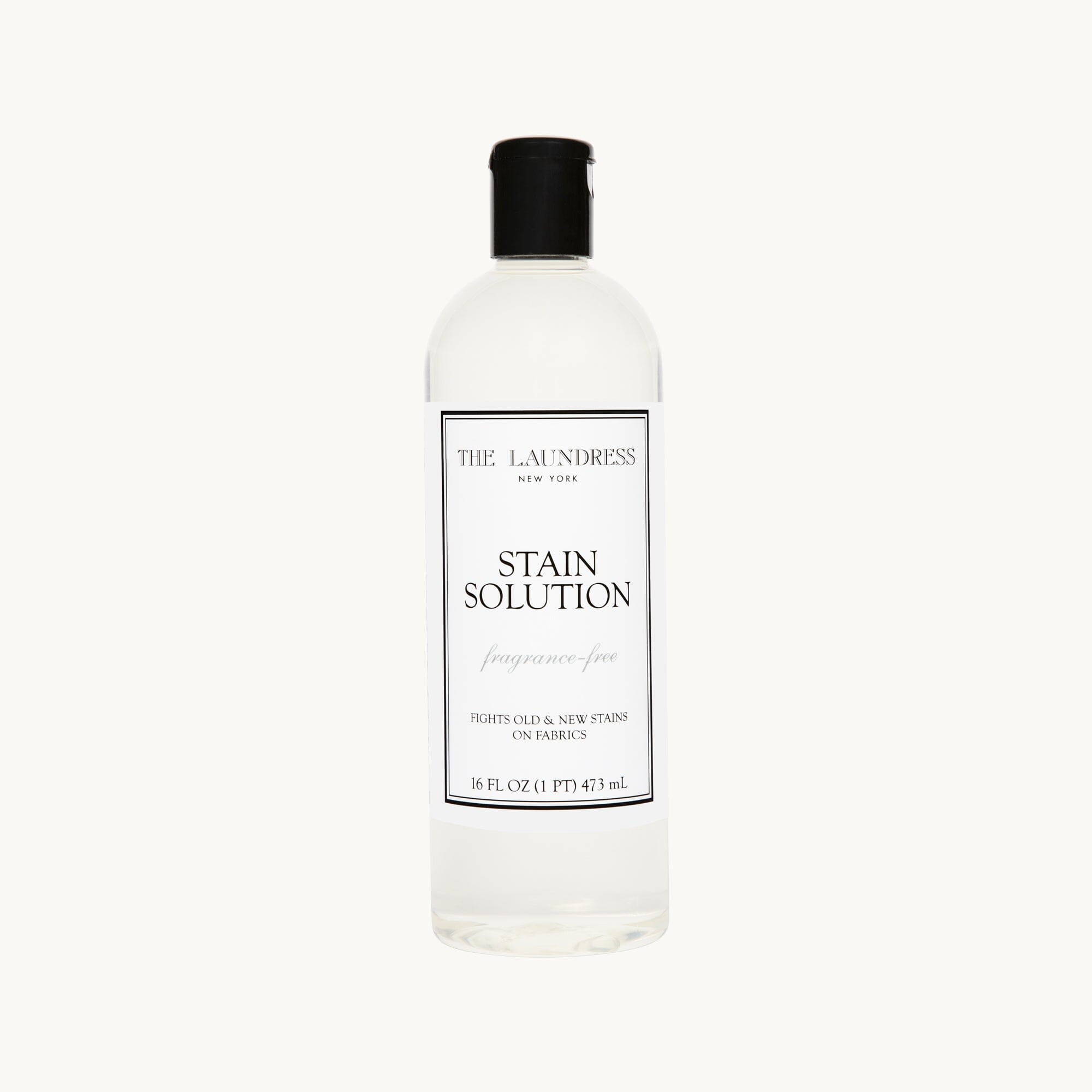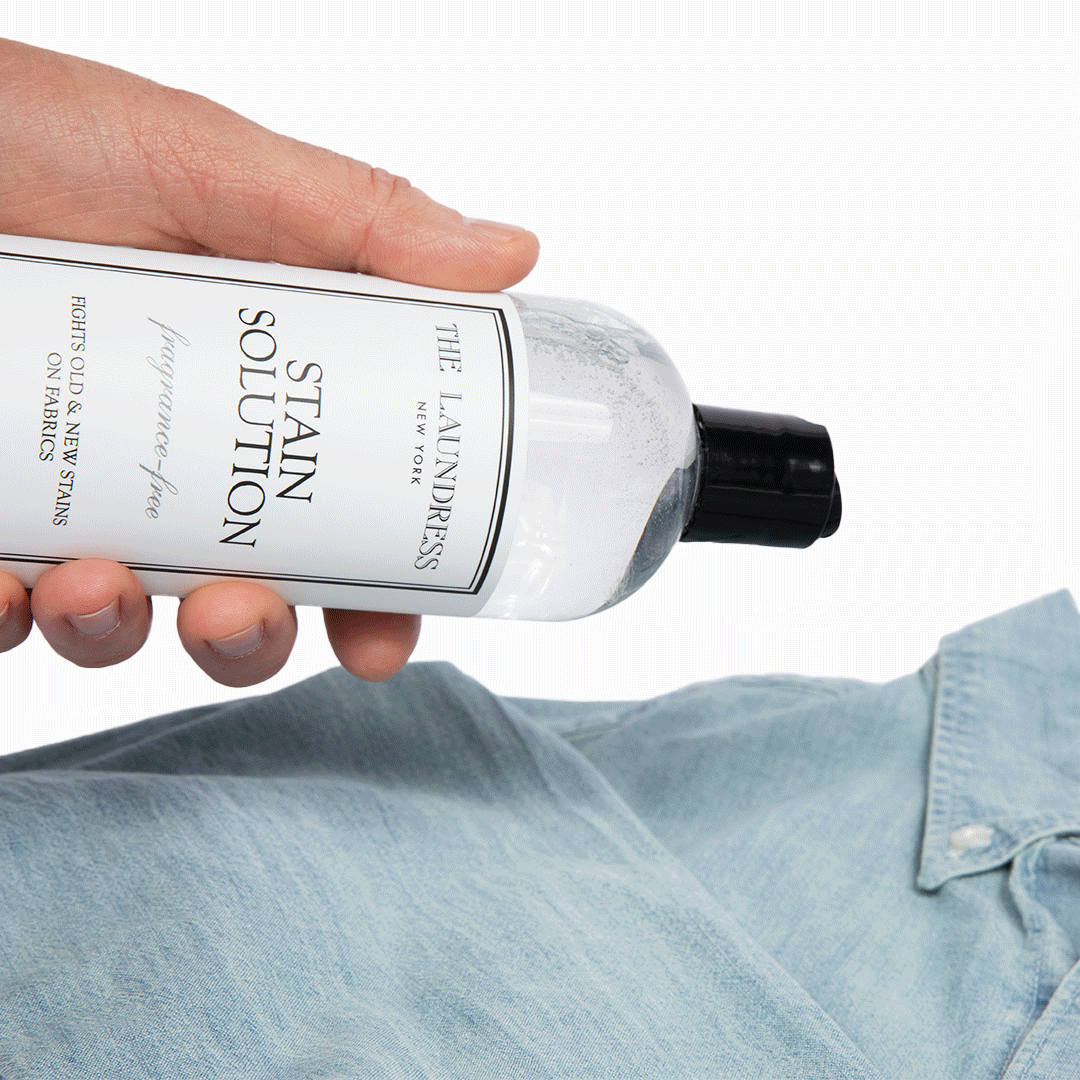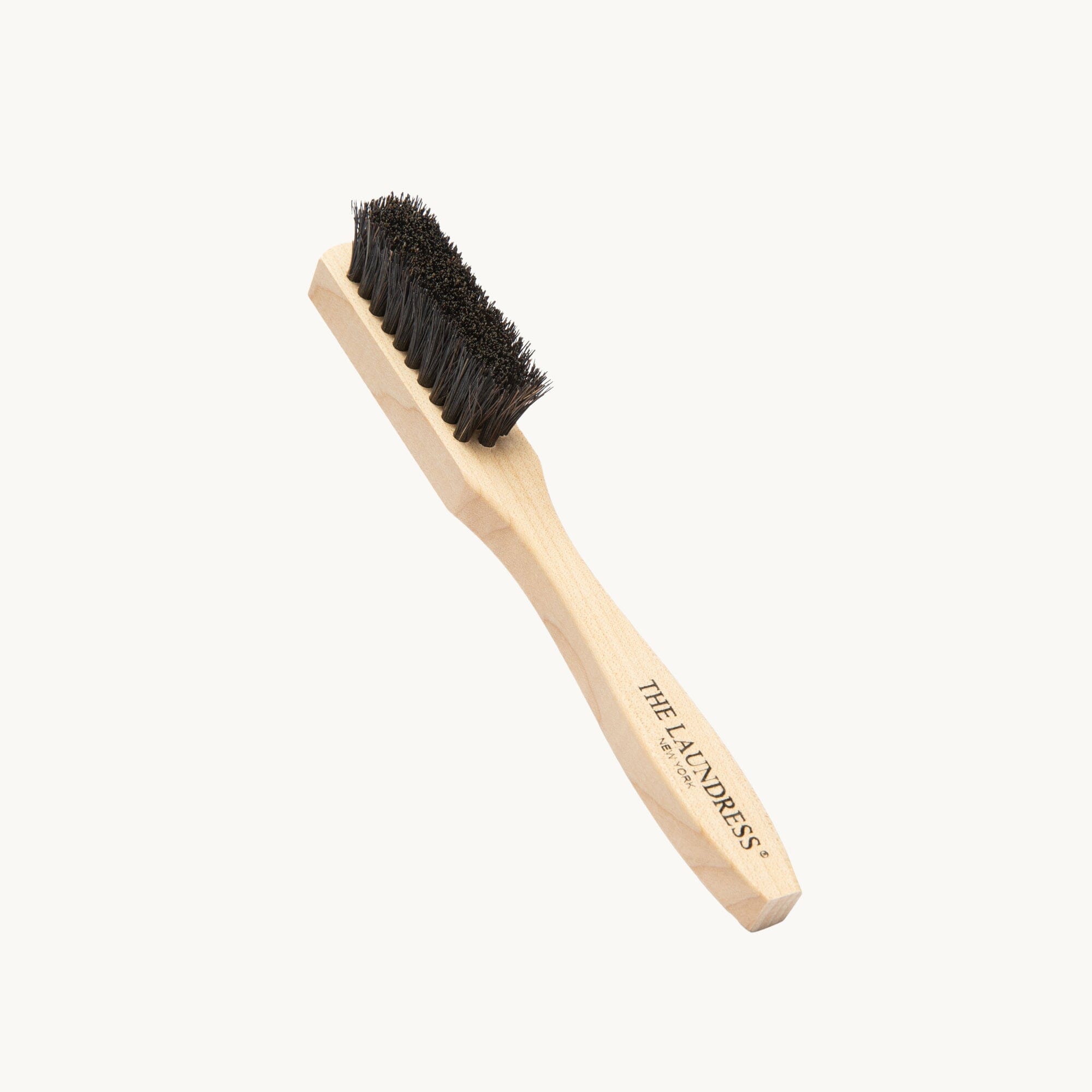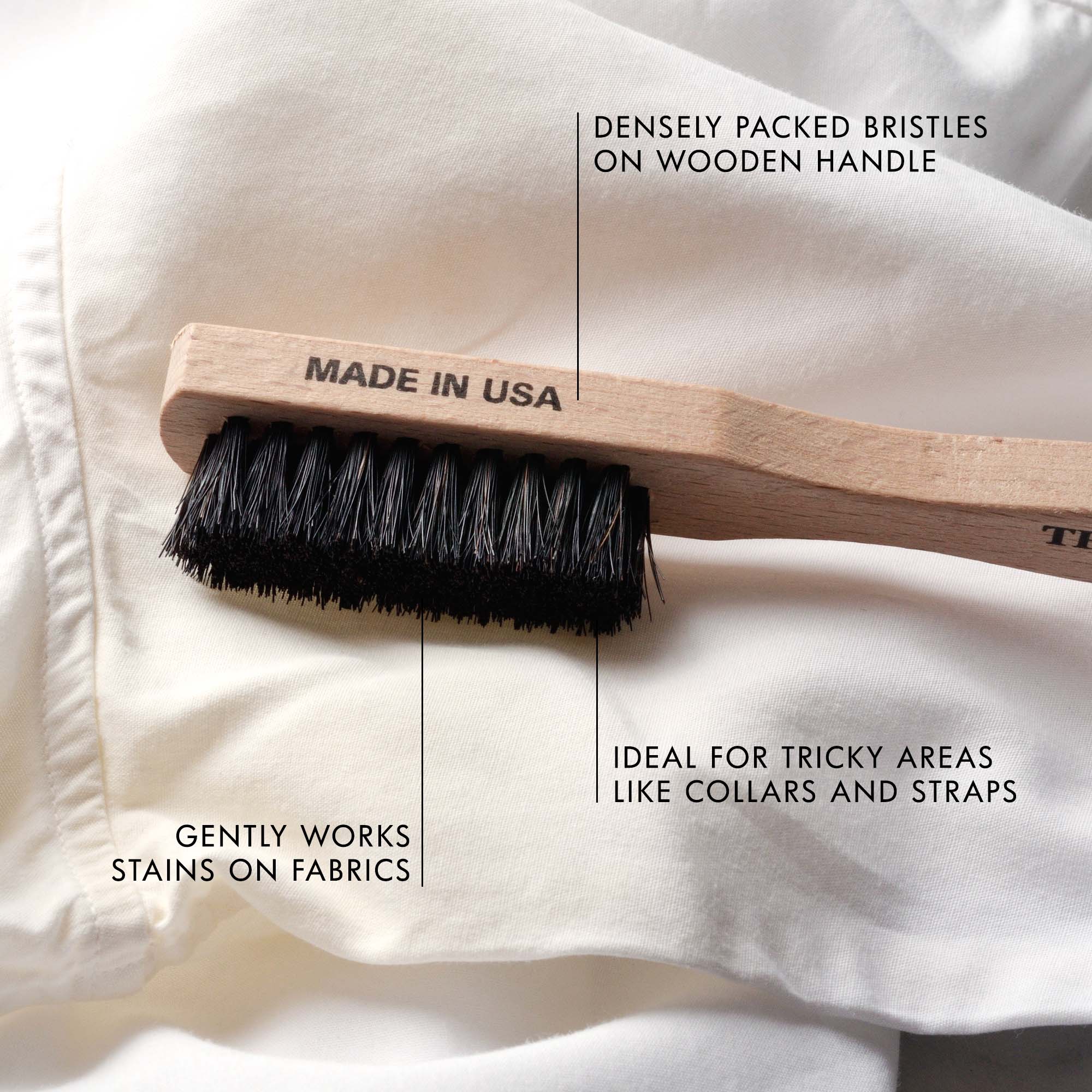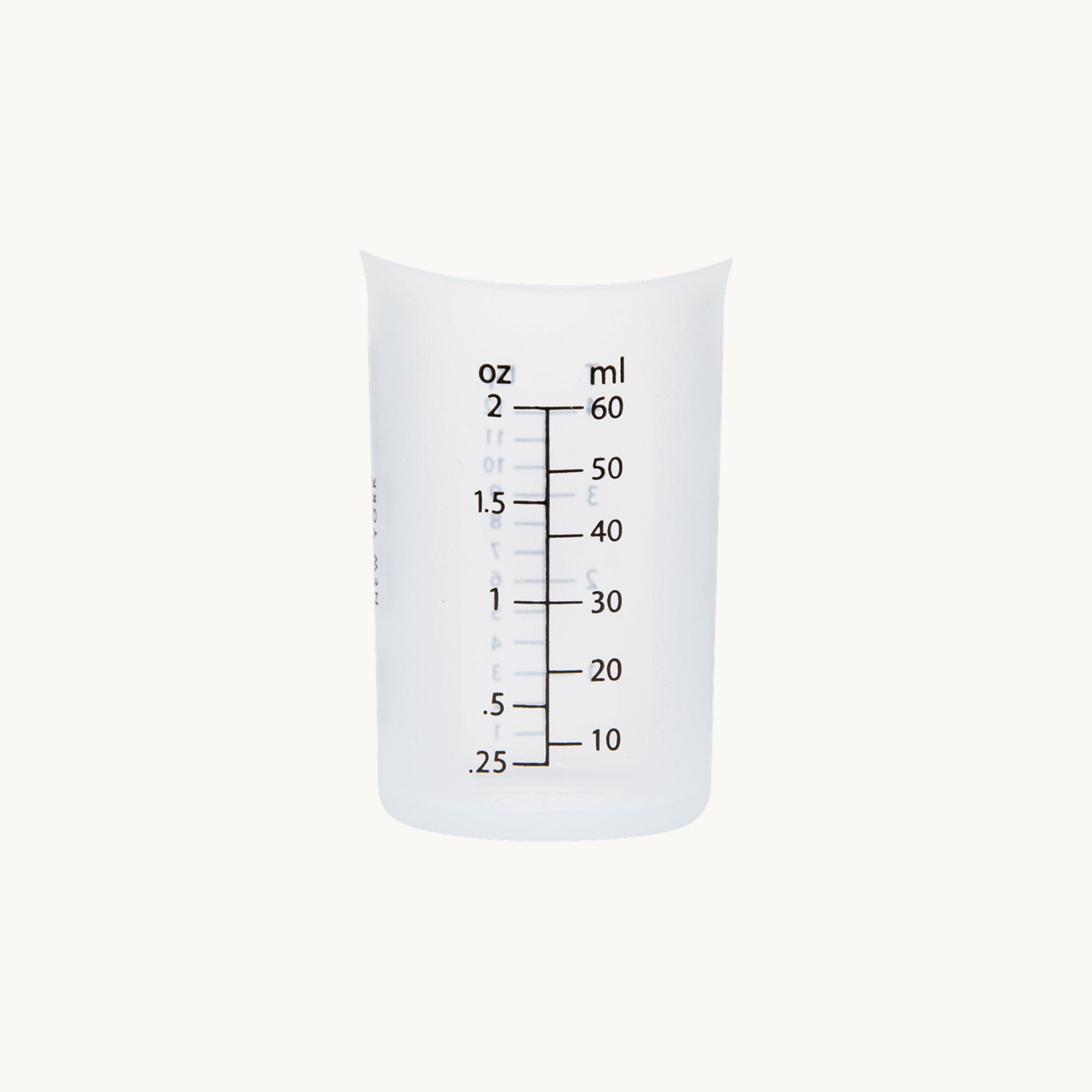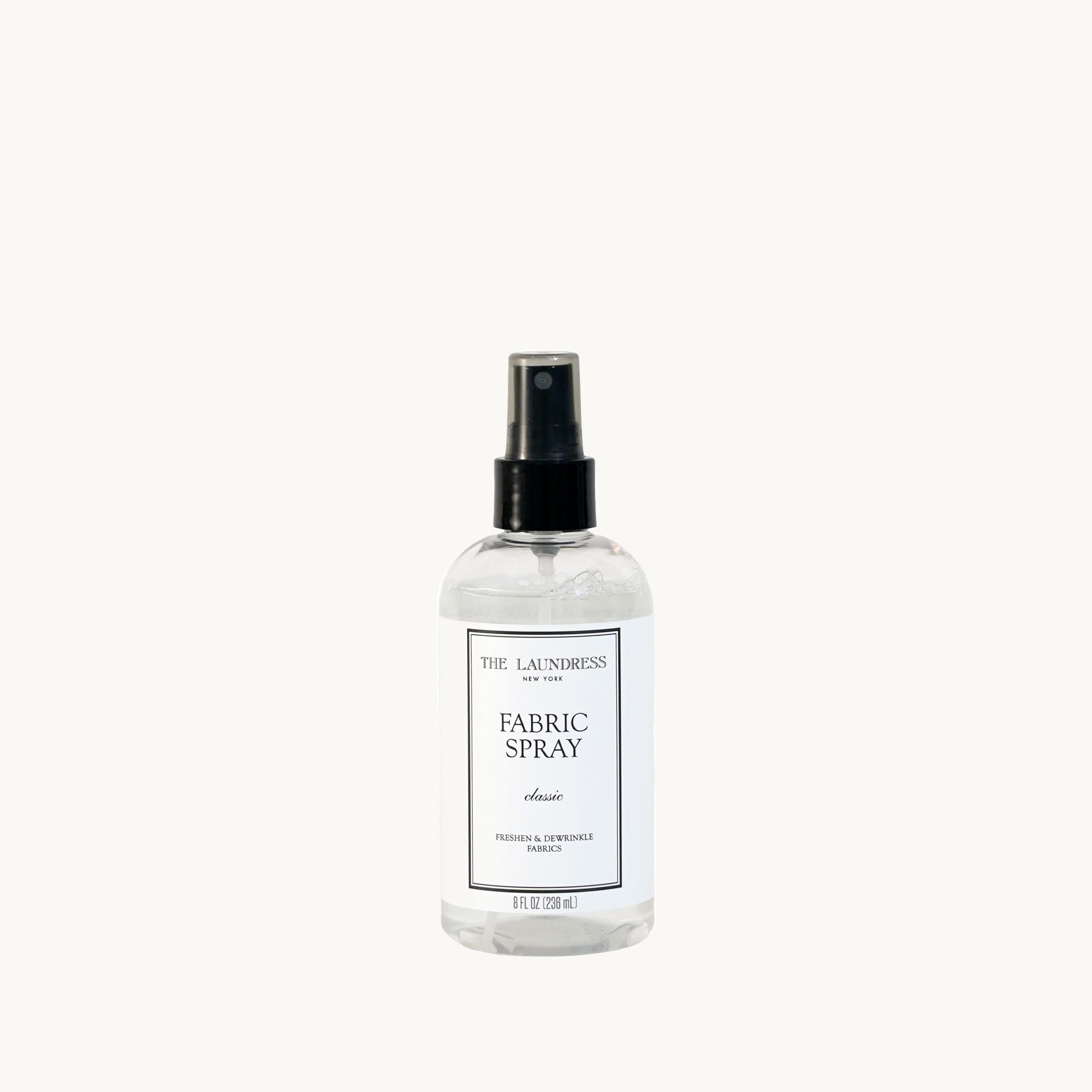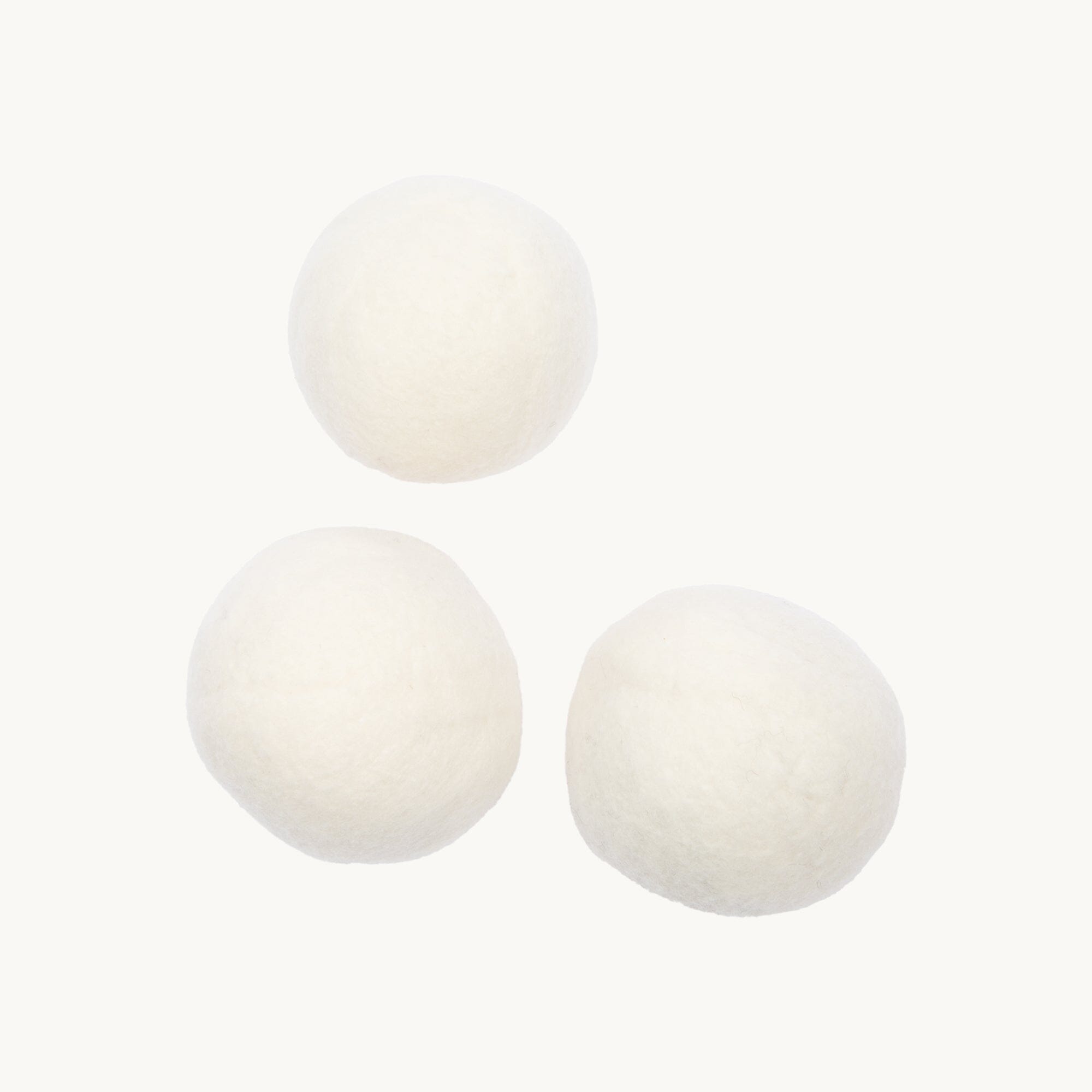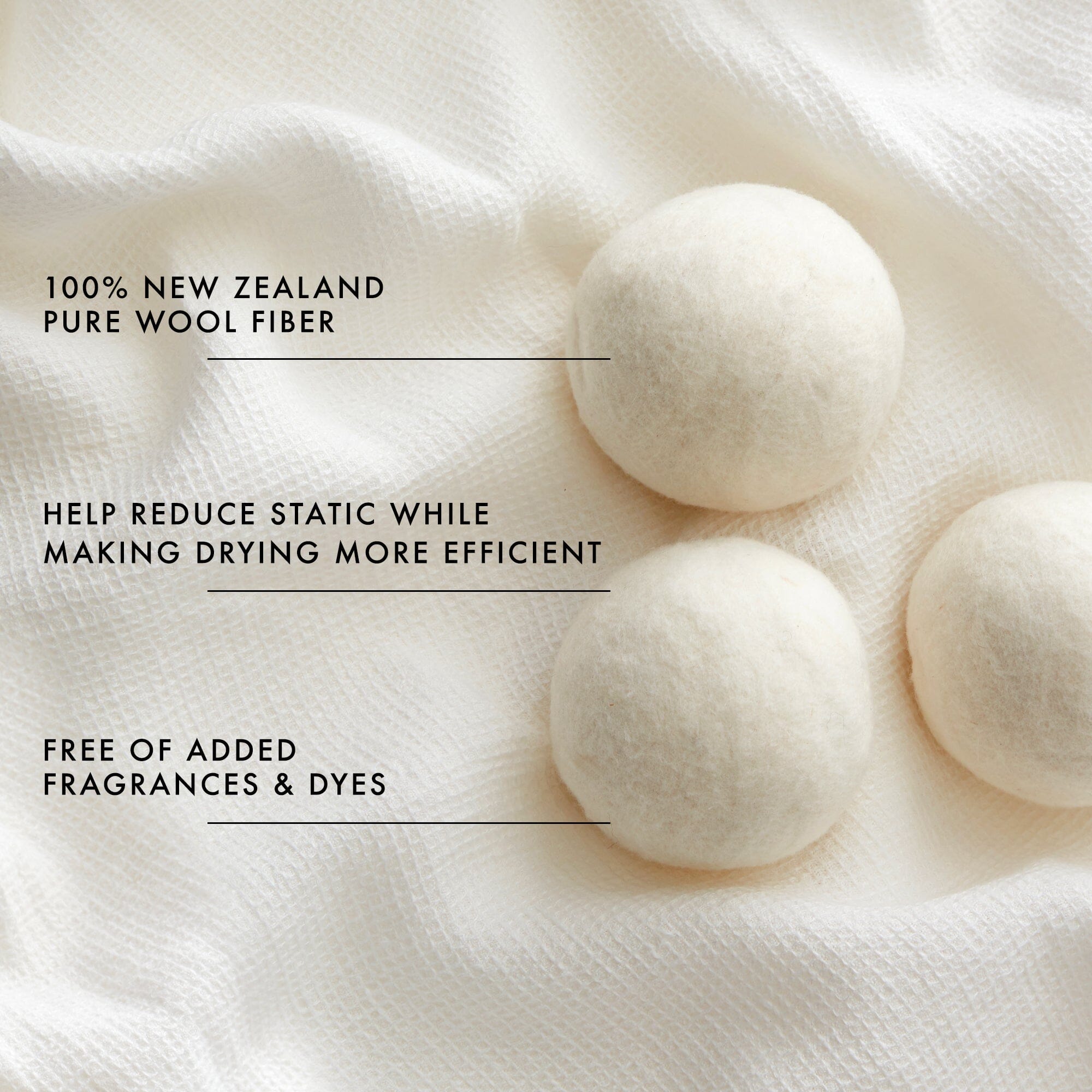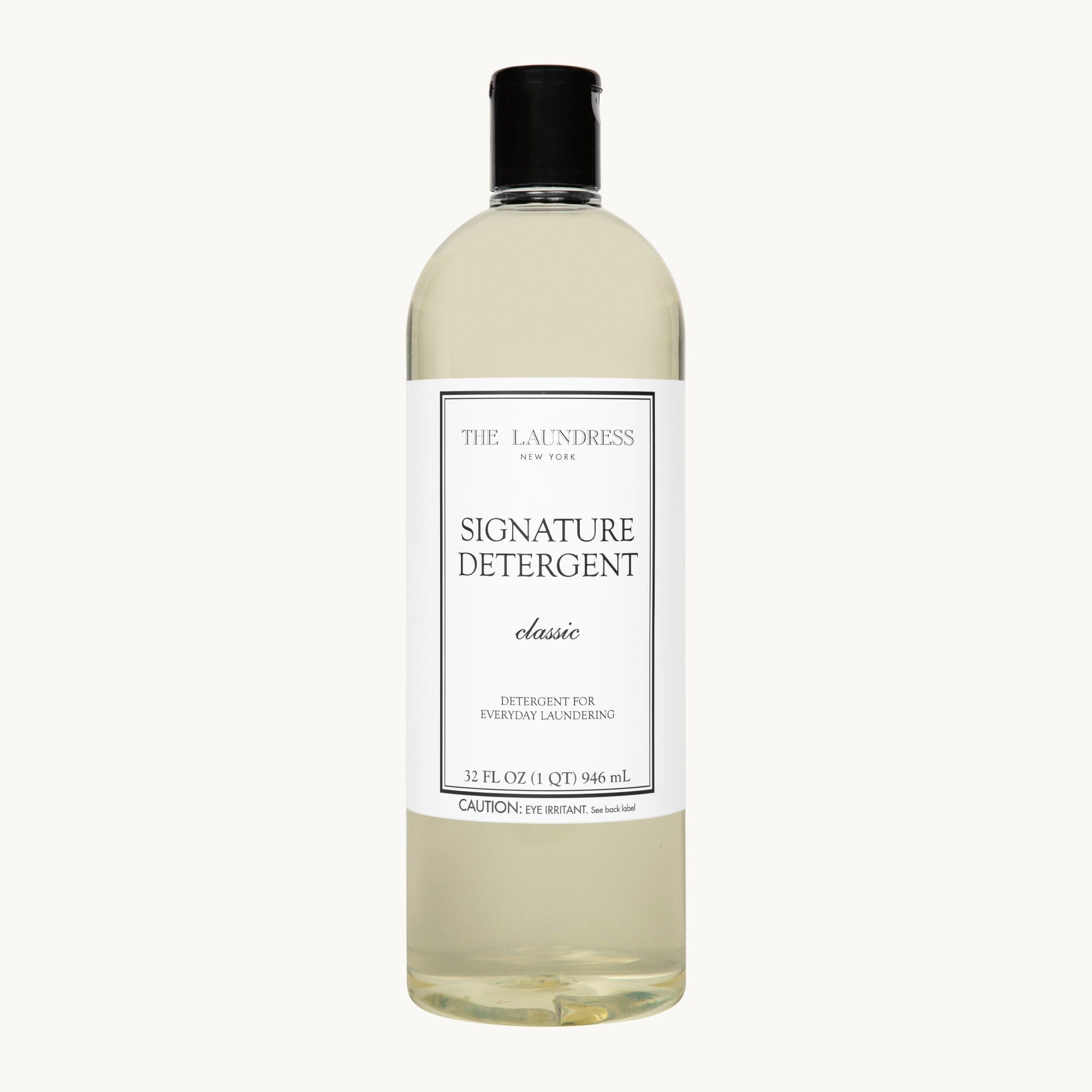If you keep finding mysterious holes or tatters in your clothes, you may be dealing with moths or silverfish—little bugs on your clothes that eat away at fabrics, especially fabrics that are high in protein like silk and woolens. If you think you’ve got clothing bugs, there’s no need to bug out! We’ll show you how to get rid of bugs that eat clothes with a few easy moves. Silverfish and moths are two common culprits responsible for damaging linen, silk, rayon, cotton, cashmere, wool, and other fabrics in your closet and in off-season storage containers. They may be small, but these pesky bugs can do big harm to your favorite fashions. While some fabric damage from these closet bugs can be remedied, at times the holes and discoloration are too severe, rendering clothing and household items unusable. Luckily, this type of damage can be preventable with proper storage and treatment measures. Certain scents like lavender and cedar repel these critters, so lavender pouches, cedarwood, and scented fabric sprays like our Classic Fabric Spray or Wool & Cashmere Spray can help keep them away. Keep in mind if you discover an infestation, it's important to call in for professional help to prevent things from spreading. Your Storage Toolkit: Wool & Cashmere Shampoo, Surface Cleaner, white vinegar, Classic Fabric Spray or Wool & Cashmere Spray, lavender pouches, cotton cleaning cloths, zippered canvas storage
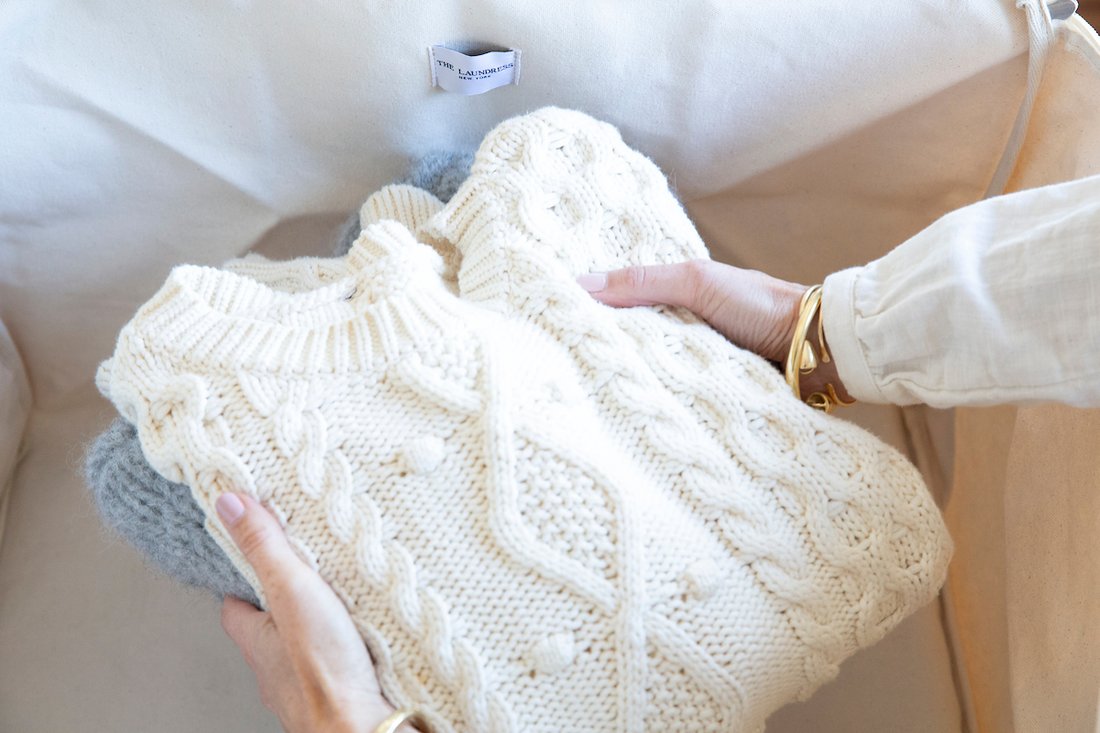
Creature Feature: Silverfish
What are they? Silverfish are tiny light grey and blue wingless insects that can grow to ½ inches long. Found anywhere humidity levels are high, they thrive in cool, dark, damp locations like attics, closets, baseboards, and bathroom fixtures. Silverfish do eat clothes, and they love to nestle into your warm bulky textiles as much as you do. What do silverfish eat? Silverfish like to eat things made of starch, sugar, and protein. Fabrics like linen, cotton, viscose, rayon and silk prime targets. Never store items with starch and always wash clothes before putting them away into your drawers or closet. Keep in mind that our sweat contains proteins, so putting worn garments away is also a no-go. What's the damage? Silverfish gnaw at the surface of textiles, leaving garments with a shaved appearance. Aside from silverfish holes in clothes, other signs of damage include irregular holes and small yellow silverfish stains. How to protect clothes from silverfish? When it comes to preventing silverfish holes in clothes, proper storage is key. First, always wash your garments before putting them away with the right fabric-specific detergent. (You can even handwash wool without dry cleaning with our Wool & Cashmere Shampoo.) These insects are attracted to perspiration, perfume, and body oils, so not washing your clothing is like inviting them to a delicious dinner! After washing, make sure your storage area is completely clean and dry. We love wiping closets and storage areas often with a high-powered home cleanser like pure white vinegar. For long-term storage, it’s a good idea to wrap storage boxes in nylon netting to help prevent silverfish from entering. There is no protein in nylon, which makes it indigestible to silverfish. Avoid cardboard, paper, and plastic storage. Silverfish love snacking on paper and cardboard, especially those with glue, and plastic encourages mold-inducing moisture buildup. Does washing clothes kill silverfish eggs? Washing and drying your clothing at high temperatures will help to remove silverfish and silverfish eggs in your clothes. (Avoid washing delicate fibers like silk, woolens, and delicate synthetics with hot water and always air dry.) Remember, what smells sweet to you is toxic to them. Cedar and lavender emit a smell that is noxious to silverfish. These aromas can help act as a natural moth and bug deterrent. Try adding lavender pouches and cedar blocks to your garment storage. You can also spritz items with a lavender or cedar-scented fabric spray to keep things smelling fresh. Our Classic Fabric Spray has notes of both lavender and cedar, and our Wool & Cashmere Spray is cedar scented as well. What is the silverfish removal process like? Silverfish generally can't withstand freezing temperatures. To get rid of silverfish in your wardrobe, and closet isolate the affected garments immediately, then freeze them for 72 hours in plastic storage bags or containers. After, wash with the appropriate fabric specific detergent to help get rid of silverfish residue. Always consult a pest professional for how to eliminate silverfish in your closet or storage space.
Creature Feature: Moths
What are they? Moths are a group of flying insects related to the butterfly and moth larvae that have a big appetite for garments. What do they eat? Moth larvae have a specific diet and typically nosh on clothes made from animal fibers such as silk, wool, cashmere, angora or fur, and materials that contain keratin. Keratin is composed of fibrous structural proteins and can also be found in our skin and hair. How to keep moths away? Regularly wash everything in your wardrobe and clean coats and jackets at the beginning and end of each season to keep perfumes, body oils, and food stains from becoming a yummy food source. Save on your dry cleaning bill by cleaning woolens at home with Wool & Cashmere Shampoo. Reorganize and clean once or twice a year to keep everything fresh and monitor for damage. Take all of your garments out of the wardrobe or drawers, then wash them as you vacuum your storage space. Wipe surfaces down with a clean cotton cloth saturated in plain white vinegar. Add a drop or two of your favorite essential oil or spritz with a refreshing Fabric Spray to infuse your space with clean scent. A note on mothballs: Moth balls can leave behind unpleasant odors. Also avoid placing cedar wood blocks and chips directly in contact with clothing, as they can transfer oil to your favorite fabrics and create stubborn stains. Instead, place cedar blocks strategically in your storage space, and add lavender pouches to drawers, shelves, and hanging racks. While we love the scents of lavender and cedar, moths and critters don’t! Keep shelves and storage spaces clean by spritzing with Surface Cleaner and wiping down regularly. Pack it up: Never store clothes in plastic or cardboard. Bugs and critters love to eat cardboard, and plastic storage can encourage humidity, which can warp and stain clothing (hello, mystery mold spots!). Instead, pack garments and linens in breathable cotton or canvas fabric pouches with a zipper closure. Cotton and canvas fabric allow for breathability while still protecting fabrics. Be sure to store items clean for optimal protection. Avoid storing in humid and damp areas like the attic or basement which are optimal environments for moth breeding. How to identify moth holes in clothes: Holes in clothes from silverfish and moths can be frustrating and hard to repair. Check fabrics—especially natural fibers like silk, wool, cashmere, and fur—for small, irregular clothing holes with unraveling edges. Silverfish holes in clothes are often accompanied by yellowish stains. In fur, it's common to observe excessive shedding as a result of bug damage. Wool rugs may also have holes in less-trafficked patches. Staying vigilant, cleaning regularly, storing clothing properly, and knowing the signs of a moth or silverfish infestation are the first steps to eliminating pests from your home. Bugs that eat clothes are often hard to spot until the damage is already done, so taking preventative measures to protect garments is key. Already got moths? Quarantine the scene. If you’ve identified moth holes in your clothes, wash your garments and then use disposable airtight bags to store them in the freezer for 72 hours while you clean all exposed areas, like closets and drawers. After washing garments, be sure to deep clean your washing machine. Avoid the dry cleaner or laundromat if possible, as you may risk spreading the infestation to those areas. Post-damage, call for repairs. Consult your local tailor or dry cleaner to repair pesky holes in your favorite pieces, and don't leave damaged clothing in your closet. You won't wear it and neglected items could easily become a breeding ground for critters! Replace buttons, mend small holes in your clothes from silverfish, and alter clothing that is too big or small while you’re at it. Tip: Keep the extra yarns that come with your knits in one safe spot in case you need future repairs.
Shop The Story
Fights Old & New Stains On Fabrics
Aid Stain Removal
Dosing For Fabric Care
Dewrinkle Fabrics & Clean Laundry Scent
Fluff & Reduce Static During Drying
Detergent For Everyday Laundering









